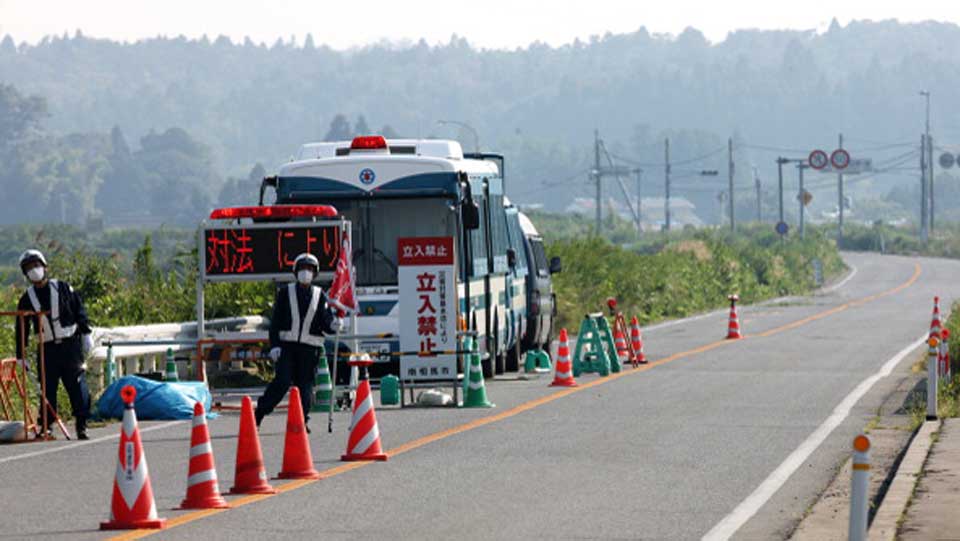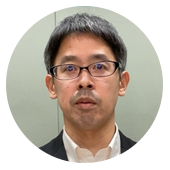How it unfolded
One month after the nuclear disaster, the government set up a 20-kilometer no-entry zone around the plant. It extended the evacuation zone as far as Iitate Village, more than 30 kilometers from the site. In total, residents from 12 cities, towns and villages were ordered to leave.

A year later, after the plant was brought to cold shutdown, the government divided the surrounding region into three zones based on the amount of radioactivity. They comprised: a zone where evacuation orders could be lifted early once decontamination work was carried out; a restricted zone subject to strategic decontamination; and a difficult-to-return zone where radiation levels were high.
Parts of the difficult-to-return zone still have high radiation that is expected to continue for years. Seven towns, villages, and cities that make up a total of more than 337 square kilometers are in that category.
Difficult-to-return zone opens up
As infrastructure and decontamination efforts progressed, evacuation orders were gradually relaxed in pockets of the difficult-to-return zone, although the zone remains in place in parts of Iitate Village.
The national and local governments carried out targeted infrastructure repair and decontamination efforts and a milestone was achieved last year when evacuation orders were relaxed for a difficult-to-return zone in Katsurao Village on June 12. Okuma Town followed on opening up in March.

A low return rate
Fukushima evacuees have retained residential registrations in their hometowns. As of February 1, that figure stood at 52,275 people ― but only 16,328 were actually living at those residences.
In the small pockets of the difficult-to-return zone that have opened up, only a small fraction of registered residents have moved back. Numbers for Namie Town and Okuma Town are at 15 percent, and in Futaba Town, just 1 percent.
Many former residents say they will not return until the infrastructure they need is in place, including medical institutions, nurseries, and shopping facilities.
In January this year, a barber shop in Okuma Town restarted in its original location. According to the Okuma Chamber of Commerce, the barber is the first of its 260 members to resume business in the downtown area. In February, a municipal medical clinic opened in Futaba Town.
The areas that have opened up have management plans in place in case of another earthquake or other disaster. They are also promoting cultural events including festivals and cherry blossom viewing. For former residents who have had to demolish their homes, overnight facilities have been built to accommodate short stays.

The road ahead
While progress has been made in the difficult-to-return zone, more than 90% of the locations within it have evacuation orders still in place. Areas have been designated for decontamination and infrastructure work that will enable residents to return during the current decade. Specific roads will need to be rebuilt so that people can return.
As the original residents grow older, many will never go back. That means some areas will likely remain abandoned.
Compensation
The nuclear disaster has caused extensive physical and mental suffering for evacuees, and financial hardship for the many businesses that were forced to close. Under Japanese law, the operator of the nuclear plant, Tokyo Electric Power Company (TEPCO), is liable for an unlimited amount of compensation.
To provide swift relief to the victims, a group of experts appointed by the government indicated a rough estimate for compensation in accordance with the losses and damages caused by the accident. This is called the middle guideline.
The guideline has been continually revised since it was first drafted in August 2011 to reflect the conditions faced by the victims. Compensation covers the cost of evacuation, fees associated with temporary residence, mental anguish, and more.
So far, using the middle guideline, TEPCO has paid 10.59 trillion yen, or more than 78.4 billion dollars.

Those affected by damages not covered under the guideline have asked TEPCO to be flexible in handling compensation.




